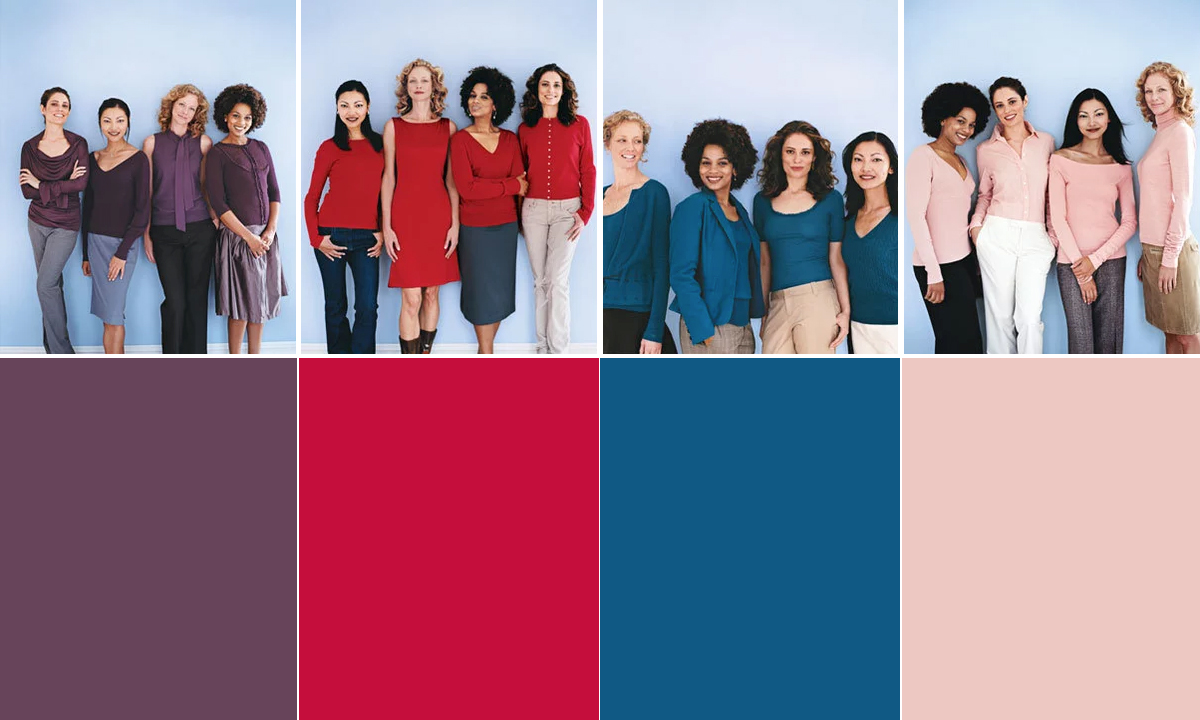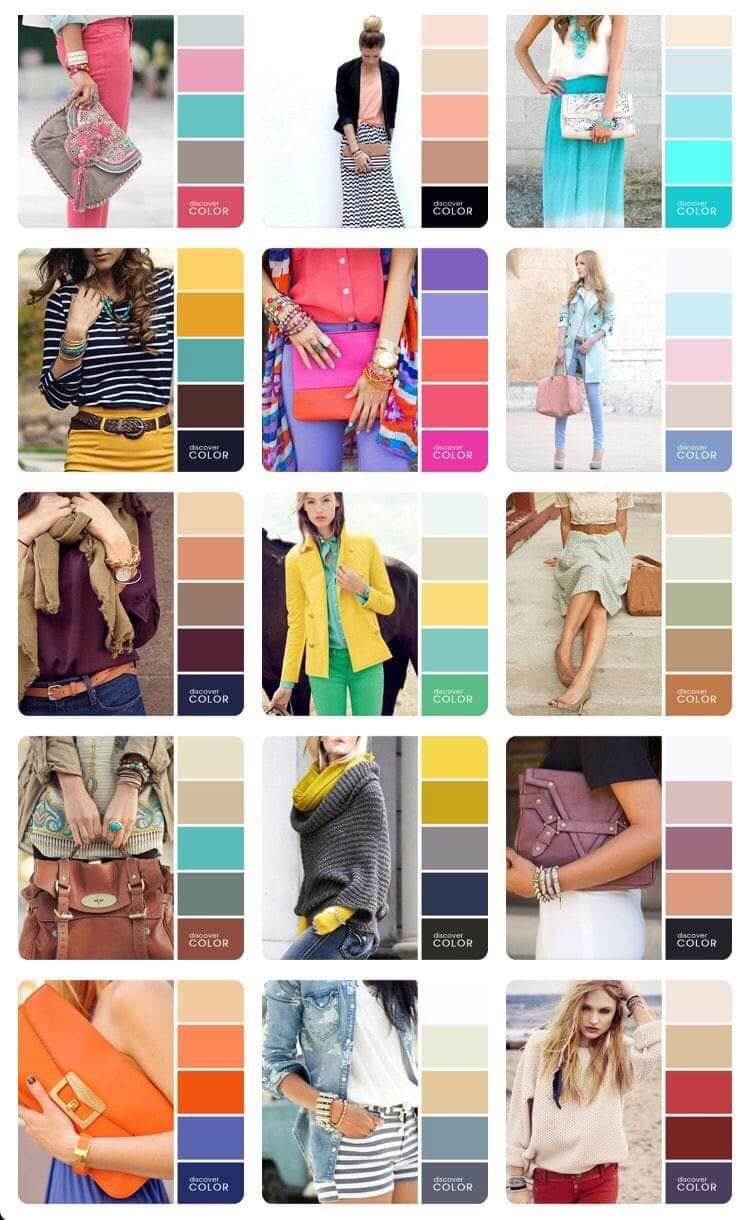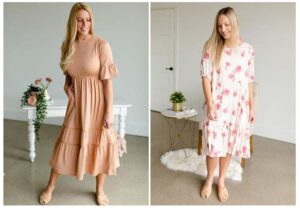
Have you ever noticed how wearing a certain color makes you feel more confident or attracts compliments from friends and strangers alike? Whether we realize it or not, the colors we choose to wear have a powerful impact on how others perceive us and how we feel about ourselves. But with so many options available, it can be overwhelming to decide which color is truly the best for you. Fear not! In this article, we will guide you through the world of colors and help you discover which one is your ultimate fashion weapon.
The importance of color in fashion
The importance of color in fashion cannot be overstated. Color has the power to evoke emotions, create a lasting impression, and even influence our mood. When it comes to choosing the best color to wear, it’s essential to consider not only personal preference but also the message you want to convey. For instance, wearing bold and vibrant hues like red or yellow can exude confidence and energy, while softer pastel shades can communicate a sense of tranquility and femininity.
Moreover, color can also play a vital role in enhancing one’s complexion and highlighting natural features. Choosing the right shade for your skin tone can make all the difference when it comes to achieving that glowing look. For instance, warm undertones may find earthy tones like camel or olive green flattering, whereas cool undertones may opt for jewel-toned colors such as sapphire blue or emerald green. In addition to this, color trends often emerge each season in the fashion industry as a way for designers to express creativity and reflect societal shifts. Embracing these trends allows individuals to stay on top of current styles while expressing their personality through their clothing choices. However, one should also remember that personal style trumps fleeting trends; finding colors that resonate with your individuality is key in creating an authentic wardrobe that stands the test of time.
Psychological impact:
The psychology behind color is fascinating, as it can have a profound impact on our emotions and behavior. When it comes to choosing what color to wear, understanding the psychological effects can help us make a statement or create a desired impression. For example, wearing red can elicit feelings of power and confidence, making it an excellent choice for job interviews or important presentations. On the other hand, blue has a calming effect and is often associated with trustworthiness and reliability, making it suitable for professional settings.
Another interesting aspect of color psychology is its ability to influence our moods. Wearing bright colors like yellow or orange can evoke feelings of happiness and optimism, while dark shades such as black or gray may induce a sense of seriousness or professionalism. Moreover, cultural associations also come into play when deciding what color to wear. In some cultures, white represents purity and innocence while in others it symbolizes mourning. Overall, understanding the psychological impact of color allows us to use this powerful tool intentionally rather than leaving it up to chance. Whether we want to boost our confidence before an important event or create a certain mood for ourselves and those around us – selecting the right color becomes crucial in conveying our intentions effectively. So next time you’re deciding what outfit to wear or how to decorate your space, don’t underestimate the psychological power these choices hold!
Cultural significance:
Cultural significance plays an integral role in determining the best color to wear. Colors often carry deep meanings and symbolism within different cultures, making it essential to consider the cultural context before deciding on a specific hue. For example, while white is traditionally associated with purity and peace in Western cultures, it symbolizes mourning in many Eastern cultures. Similarly, red holds contrasting meanings across different societies; it can symbolize love and prosperity in some cultures but represents danger or warning in others. Understanding these cultural connotations can help individuals choose colors that align with their personal style while respecting the traditions of others.
Moreover, colors also play a significant role in reflecting regional identities and social statuses. In some communities, certain colors are reserved for specific occasions or rank among social classes. For instance, royal blue has long been associated with regality and nobility; wearing this color might signify wealth or high status within certain societies. Likewise, vibrant colors like orange or yellow are often linked to festive celebrations or religious ceremonies in many cultural traditions worldwide. By considering these cultural nuances when selecting our attire, we become part of a broader narrative that respects diverse customs and contributes positively to cross-cultural understanding.
Personal style and preference:
Personal style and preference play a crucial role in determining the best color to wear. While some people may feel most confident and comfortable sporting bold, vibrant hues, others may lean towards more muted tones. It is important to consider not just current fashion trends, but also what colors make you feel your best. After all, when we feel good about ourselves in what we’re wearing, it radiates through our confidence and overall demeanor.
Another factor to consider is skin tone. Colors can either enhance or detract from our natural features, depending on how well they complement our complexion. For instance, individuals with warmer undertones tend to look great in earthy colors like mustard yellow or deep reds while those with cooler undertones often gravitate towards jewel tones and icy hues. Experimenting with different shades can help us discover which ones make us look vibrant and refreshed. In addition to personal preferences and skin tone considerations, the occasion also plays a role in choosing the ideal color palette for an outfit. For formal events like weddings or job interviews, it can be safer to opt for classic neutrals such as black or navy blue that exude professionalism and elegance. On the other hand, casual outings offer room for more experimentation with bolder hues or playful prints that showcase your unique sense of style.
Conclusion:
In conclusion, there is no definitive answer to the question of the best color to wear. Personal preference, cultural significance, and individual factors all play a role in determining what color is best for an individual. What may work for one person might not work for another. It is important to consider your skin tone, body shape, and the occasion when choosing a color to wear.
Furthermore, it’s important to keep in mind that fashion trends are constantly evolving. What may be considered stylish today could be outdated tomorrow. Instead of focusing on what is currently trendy or popular, it’s best to choose colors that make you feel confident and comfortable in your own skin. Ultimately, wearing the right color comes down to self-expression and personal style. Whether you prefer vibrant hues that convey energy or muted tones that exude sophistication, what matters most is how you feel when wearing a particular color. So go ahead and experiment with different colors until you find the ones that truly resonate with who you are – after all, fashion should always be fun and reflective of your authentic self!






Be First to Comment